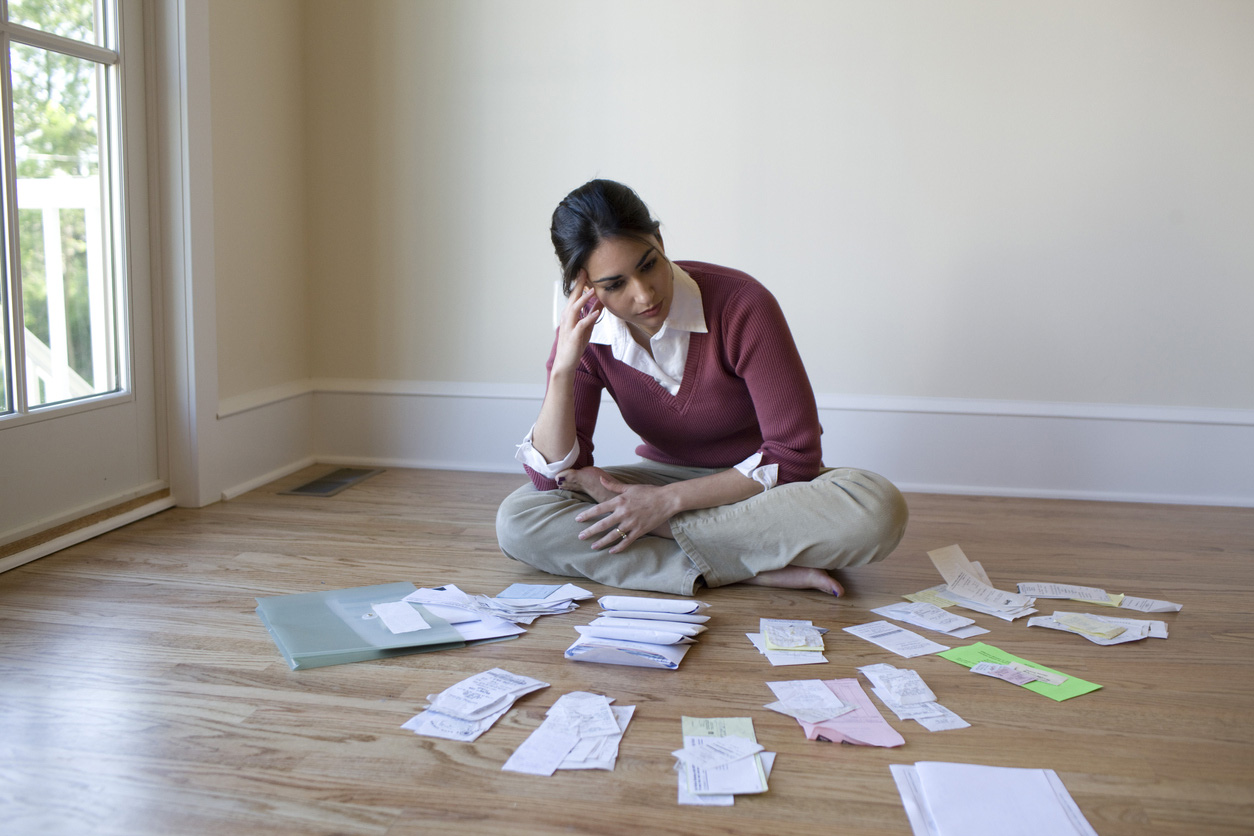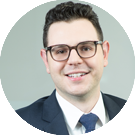Financial Planning Tips:
An emergency account provides cash for those sudden, short-term needs
Lately it seems like everyone is eager to invest. The conversations tend to centre around a handful of companies or coins that started out cheap —then overnight became expensive. I get the allure of such investments, I really do. But to capitalize on them perfectly requires a lot of luck and timing, both of which are hard to predict.
Dazzled by headlines about the returns, people forget about the risk. For any level of return, there is always risk. And speculative investments are the most precarious of all! So, before you put your dollars into a generally speculative investment, do some proper planning: Establish a financial foundation.
What do I mean by foundation? Think about constructing a building. The first step is setting a foundation for the structure to rest on. Similarly, you need a foundation when constructing a financial plan. This type of foundation consists of cash reserves, replacement dollars, savings, investments, and tax deferral.
Of these elements that make up the foundation, it’s cash reserves, that is, an emergency account,that too often get overlooked. Let's now dive into that.
The how-to’s of cash reserves
When the unexpected happens, you want to have cash set aside for it. As a planning firm Ciccone McKay encourages all our clients to have an emergency fund. Depending on each client’s circumstances, we advise saving the fixed expenses that would be needed to last from three to six months, up to a maximum of one year. Fixed expenses are bills that must be paid every month— mortgage, car payment, utilities, etc.
Having cash set aside for a short-term need (e.g., new car battery, new fridge, weekend trip) avoids having to go into debt or remove money from your long-term investment assets. Be sure to tailor the emergency fund to both your lifestyle and risk tolerance.
Here are some guidelines we use for how much to put aside. Three months of savings, for example, would fit someone who is healthy, with a steady job and no dependents. Six months of savings? That’s for someone who is self-employed with unpredictable income, likely working in an industry that isn’t stable. And, with kids and/or a spouse depending on them.
Such guidelines help in calculating a tentative dollar figure. I say “tentative,” because only the person saving will know if the number feels right. If you think it might be low, there is no harm in building it larger. Sometimes adding even a little extra can help a lot.
So, how to start?
- Put a small amount in a separate savings account from your main account — this will avoid the temptation to dip into the savings unnecessarily.
- Automate payments to the account until your calculated maximum is reached. Or, if you have disposable income, deposit lump sums until the maximum is reached.
- If any amount is used for an emergency or opportunity, replace that figure until the maximum is reached once again.
- Speak to an advisor to make sure you have allocated the appropriate emergency amount, given your circumstances.
If you would like to speak with someone about your emergency account, please feel welcome to contact us at info@ciccone-mckay.com or 604-688-5262.

